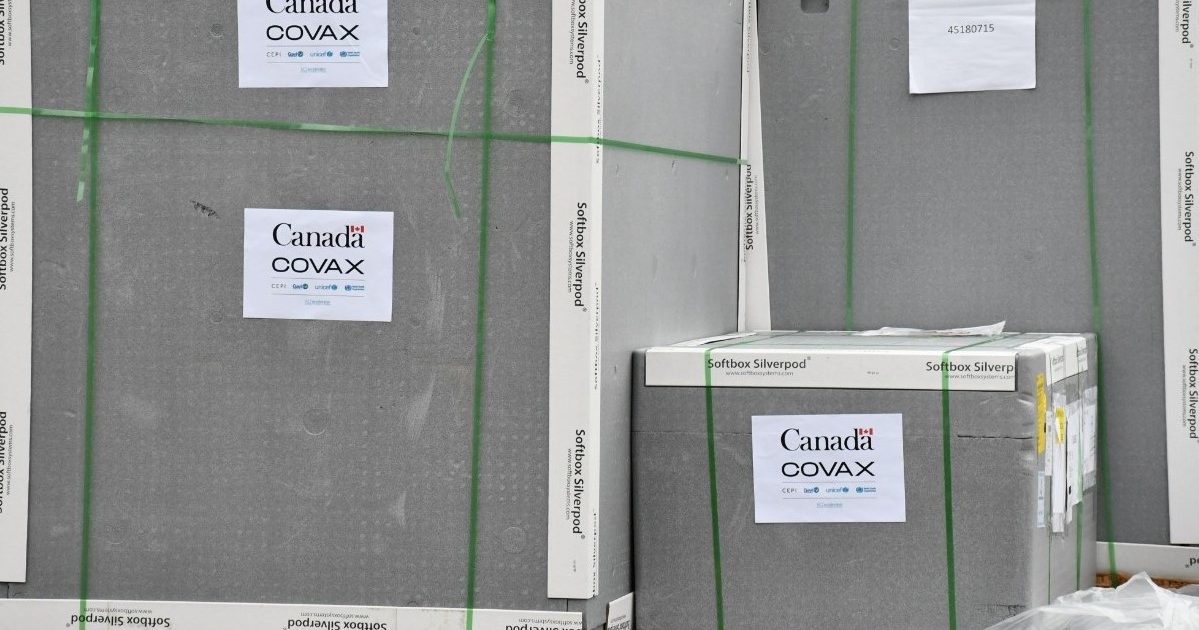The KEMRI-Wellcome Trust Research Programme has today released the results of its latest modelling on COVID-19 vaccine scale-up within the country.
The analysis found that the Kenya’s COVID-19 vaccination campaign can achieve greater value for money if it focuses on the elderly, rather than a strategy that pursues scaling up vaccines to the whole population.
In a press release after releasing the results, Prof Edwine Barasa, Director at the Nairobi Programme of the KEMRI-Wellcome Trust Research Programme said the new data suggests that “we can fight COVID more effectively by re-focusing our efforts on those who need it most.”
“Vaccines work, and ensuring older adults and other at-risk groups receive them quickly is the best way to achieve greater health outcomes and is better value for money,” he said.
Prof. Barasa said their hope is that the data helps policymakers across the continent determine how to structure impactful, cost-effective, long-term COVID-19 responses.
Justice Novignon, head of the Africa CDC’s Health Economics Unit said that Countries need to re-focus their COVID-19 vaccination programs on the kinds of strategies that will save more lives for less money, especially in settings with overall low risk of severe disease and death, high natural immunity, and constrained resources as is the case in Kenya and Africa more broadly, targeting the elderly and those with risk increasing comorbidities rather than to the whole population.
“The game has changed on COVID-19 and we have to make every last dollar count,” he said
Prof Joachim Osur, Public Health Specialist and the Vice Chancellor, Amref International University said the critical analysis can help sharpen “our focus as we try and balance COVID vaccination campaigns with other essential health programs.”
“It is time to integrate COVID fully into our regular health system, so we can right-size our COVID-19 vaccine program while also regaining ground against other infectious diseases, such as HIV, TB and malaria,” he said
The KEMRI-Wellcome Trust research team modelled a broad range of COVID vaccine scale-up scenarios and tested each one for cost-effectiveness and its impact on the spread of the disease.
These forecasts estimate what would happen if vaccine scale-up reached 30 percent, 50 percent or 70 percent of the Kenyan population, under both slow (18 month) and rapid (6 month) scenarios.
The research found that scaling-up to 30 percent vaccine coverage is highly cost effective; while the 50 percent and 70 percent scenarios were not, given the lower risk of severe disease and death and high natural immunity due to previous exposure.
Under both the slow and rapid scale-up scenarios, reaching 30 percent coverage with priority given to adults over 50 years averts a substantial number of new infections and deaths; 32 per 100,000 new infections in the 18-month scenario, and 39 per 100,000 in the rapid scenario; as well as 8,100 or 9,400 deaths respectively.
Reaching a threshold of 50 percent and subsequently 70 percent would avert an additional 1,100 deaths under the slow scenario, and an additional 400 deaths in the rapid scenario.
In Africa, only 15 percent of the population has received two vaccine doses and vaccination campaigns have slowed across the continent due to a low demand for doses as well as gaps in the delivery systems needed to roll them out.
Kenya’s campaign began in March 2021, one year after the first recorded case and more than 17 million doses have been administered since then covering 15 percent of the total population. Currently the country aims to vaccinate 100 percent of all adults by the end of 2022.
COVID-19 has had a number of negative impacts on the health system in Kenya over the past two years. Between 2019 and 2020, data from the Global Fund to Fight AIDS, TB and Malaria show that the number of malaria cases treated in the country fell by 27 percent, while HIV testing fell by 37 percent and more than 10,000 fewer individuals were treated for tuberculosis.
By Wangari Ndirangu





